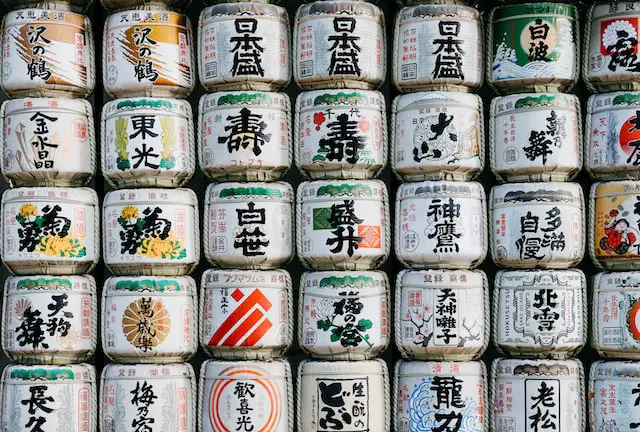The Japanese language uses two syllabic writing systems, Hiragana and Katakana. They share similar sounds and characters, but have distinct differences in usage and form.
The combination of Hiragana and Katakana is known as Kana, and together they form the basis of the Japanese writing system.
Table of Contents
What is Hiragana?
Hiragana is the main writing system used for native Japanese words and for particles and verb endings. It is also used to write words that have no kanji, such as children’s books.
Hiragana is used to express a wider range of emotions than Katakana. Hiragana characters are typically more cursive and flowing, lending themselves to be used in writing poetry, proverbs and songs.
Hiragana originated from writing characters with a brush, and the symbols are known as cursive or running script. There are 46 basic hiragana characters that can be combined to form more complex sounds, such as long vowels or diphthongs.
What is Katakana?
Katakana is mainly used for foreign words, loan words, and scientific terms. It is also used to express emphasis and to separate words in a sentence. It has sharper, angular characters and is usually written in a block form.
There are also 46 basic Katakana characters, and they can be combined to create more complex sounds. Some of these characters have a double consonant sound, known as ‘Komoji’ or contracted sounds.
What are the differences between Hiragana and Katakana?
The differences between Hiragana and Katakana may seem confusing at first, but they are actually quite easy to distinguish. The first difference is the form of the characters; Hiragana is cursive and Katakana is angular.
The second difference, as mentioned, lies in their usage; Hiragana is mainly used for native Japanese words and particles, while Katakana is used for foreign words and scientific terms.
The third difference, also discussed, is their purpose; Hiragana conveys emotion and feeling, while Katakana expresses information in a precise and technical way.
What are the similarities between Hiragana and Katakana?
Although the two writing systems are distinct, they share many similarities. Both consist of 46 basic characters, which are grouped into five character sets. Additionally, both systems are used to write numerals, and they can be combined to create more complex words and phrases.
Overall, although these two writing systems may appear confusing at first glance, they actually share many similarities and are used in different ways to express different kinds of information.
Conclusion
To sum up, the key differences between Hiragana and Katakana are: form, usage, and purpose. Learning both systems can be beneficial for those wanting to study Japanese as it will help to increase their vocabulary, deepen their understanding of the language, and express themselves more effectively.
However, mastering either system can be a rewarding long-term goal for learners of Japanese. With practice and dedication, anyone can become an expert in one or both writing systems!

